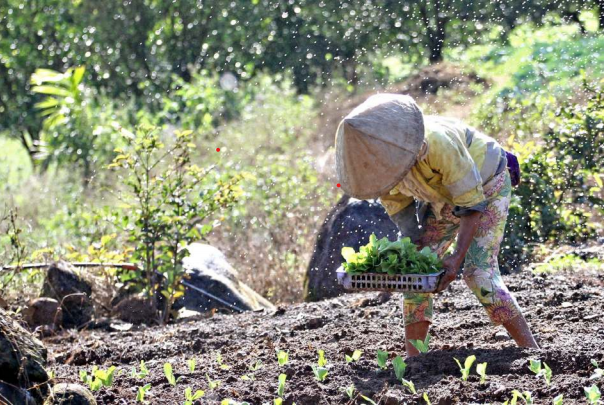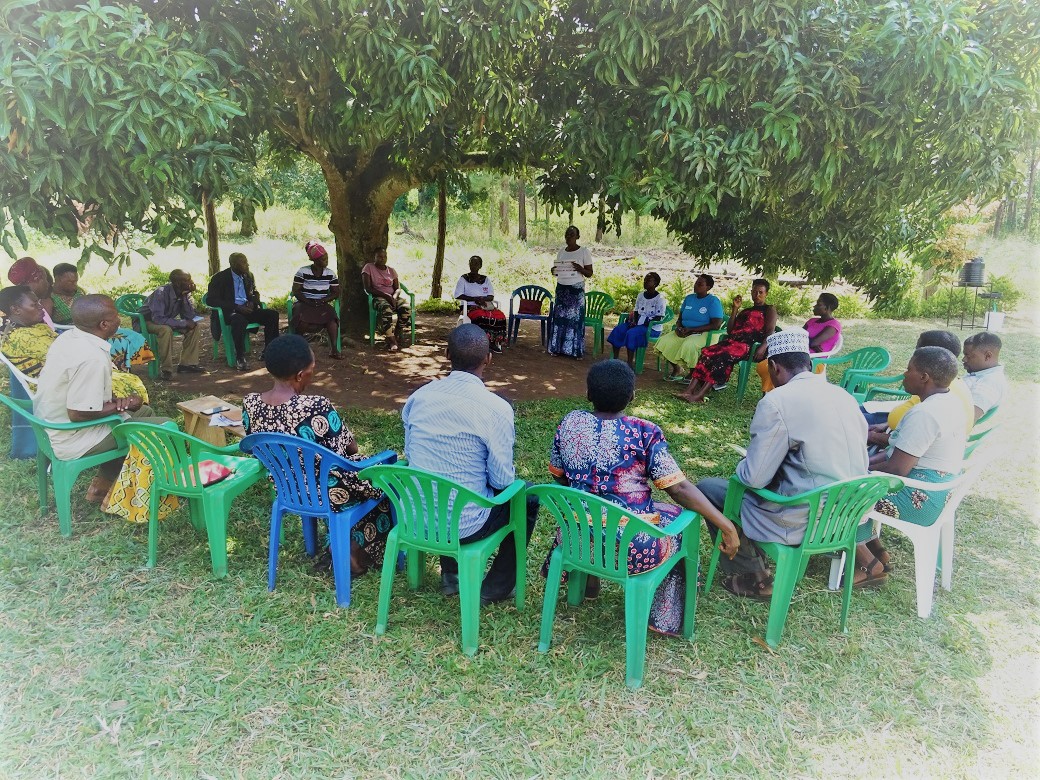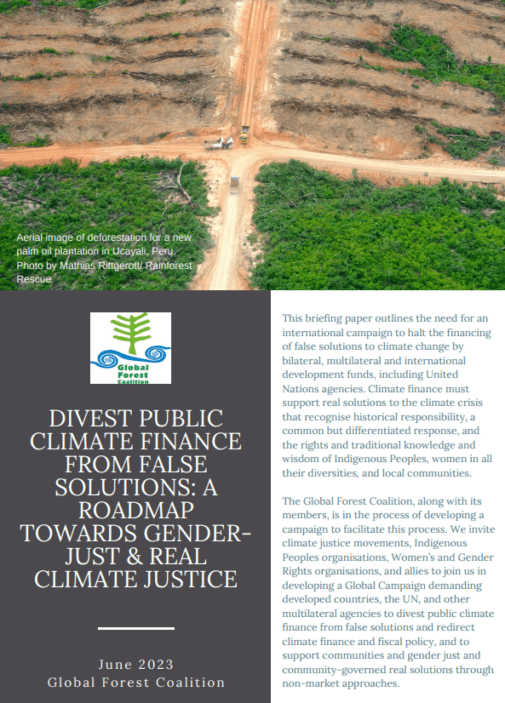The importance of integrating gender in sustainable forest governance: findings and recommendations from the GLA1 Gender Assessment

By Chantal Van Den Bossche of WECF — On Monday 29th March, over 120 participants from across the Green Livelihoods Alliance (GLA) network came together virtually to reflect on the findings of the Gender Assessment Report, which was undertaken during the programme’s first phase (GLA-1). The webinar was organised by the GLA Gender Hub and provided an opportunity for partners to hear about the achievements and recommendations emerging from GLA-1, and strategise for the coming years.
As well as stressing the importance of South-South learning and cooperation, the Gender Assessment Report recommends a ‘twin track’ approach to gender: taking a transformative approach to gender equality and women’s empowerment as well as including gender at the organisational level and in intervention strategies. Setting out clear gender objectives and baselines will give partners a good framework for their activities, and applying an intersectional lens will help partners to evaluate where they can include under-represented groups.
The webinar began with a presentation that summarised the report and described what had been learned so far. This included: the need to incorporate gender approaches from the beginning of the programme; ensuring the collection of gender-disaggregated data; and taking a long-term approach when addressing deep-rooted societal norms and power imbalances. A key insight was that women’s attendance in activities does not immediately mean equal participation or more influence and empowerment, and this should be more closely monitored.
This was followed by a panel discussion on challenges that organisations had encountered during GLA-1, and the lessons they had learned from them. Diana Nabiruma (AFIEGO, Uganda), Olivia Melendrez (NTFP-EP, Philippines), Jusupta Tarigan (NTFP-EP, Indonesia) and Liliana Jauregui (IUCN, NL) highlighted best practices from their own experiences, and emphasised the need for projects to have clear goals, share knowledge, build alliances and motivate men to be agents of change on gender issues.
Participants also had the chance to reflect in break-out rooms on their own experiences, and on concrete gender-transformative strategies for the next phase (GLA-2). The importance of having a good strategy from the beginning was a main highlight, as Diana Nabiruma aptly summarised in her intervention: “Fail to plan, and you plan to fail!”
A short film showing the powerful organising of an Indigenous women’s cooperative in the Philippines was also shown, and the webinar closed with the presentation of a graphic record by illustrator Sonaksha Iyengar, who visually depicted the key reflections of the discussions as they happened. While this kick-off session showed how much ground had already been covered, it was also clear that there is still much work to do. As a starting point, strong ambitions for the integration of gender equality must be set throughout the new GLA2 programme.
A report on the Gender Assessment can be found online in French and in Spanish.
A nice and short time lapse video of the of the graphic made by Sonaksha is available here. And you can re-watch the Webinar on the findings of the Gender Assessment Report of GLA1 below:








